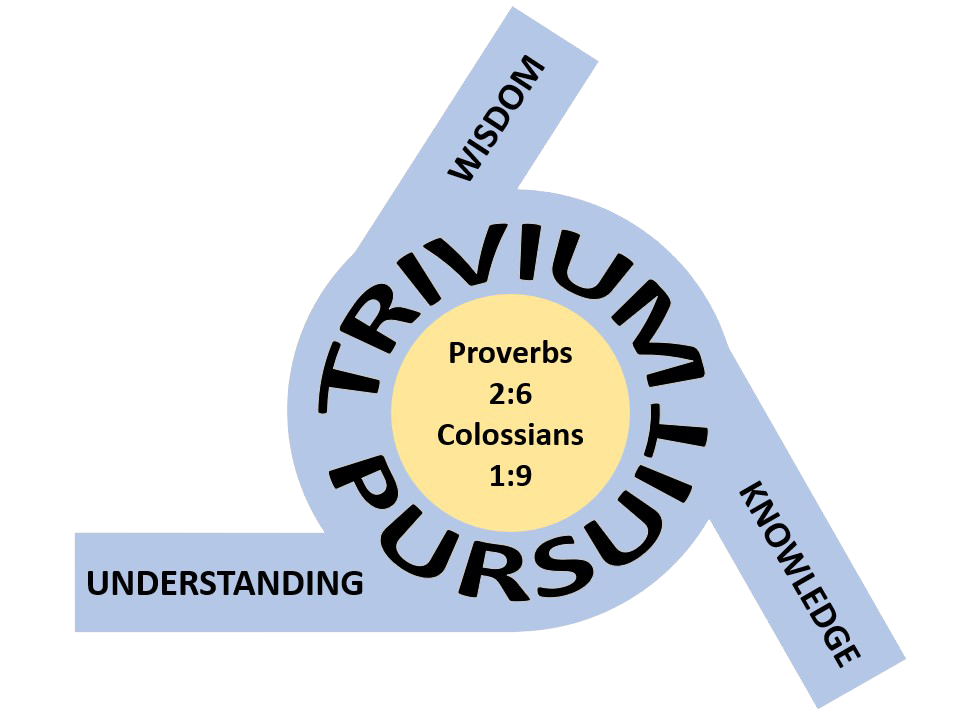Post may contain affiliate links to materials I recommend. Read my full disclosure statement.
The Fallacy Detective: Thirty-Eight Lessons on How to Recognize Bad Reasoning
Reviewed by
Paul Wilson
2012 National Nobel Distinguished Science Educator
Former State Science Education Curriculum Advisor
Science Dept. Chair, Stratford High School
Woody Guthrie once said, “Any fool can make something complicated, but it takes a real genius to make it simple.” I couldn’t agree more. Simplifying a complex and often intimidating subject like logic and logical fallacies seems to be the specialty of the Bluedorn brothers, and they show some real genius in their methodology.
I’m a high school science teacher by trade, and part of that includes teaching a section each year on logic and reasoning. I took courses in logic, reasoning, and apologetics as part of my Master’s degree, and quickly realized the need that many of my students had for introductory logic and thinking skills. However, the obvious problem I was immediately faced with was how best to break down graduate-level concepts and rhetoric into a format that could be easily digested by high school students with no former training in the field. After months of reading different logic textbooks and perusing through multiple curricula, I stumbled upon The Thinking Toolbox: Thirty-five Lessons That Will Build Your Reasoning Skills by the Bluedorn brothers. I ordered it, read through it, and immediately realized it was exactly what I needed for my inexperienced 10th, 11th, and 12th graders. After finishing The Thinking Toolbox, I ordered The Fallacy Detective: Thirty-Eight Lessons on How to Recognize Bad Reasoning
. Again I was pleasantly surprised. The workbook edition of The Fallacy Detective takes an already good work and makes it even better. Now the book is almost a stand-alone course on introductory thinking skills and logical fallacies. It is great both for a classroom setting and in the homeschool environment as well.
As I stated before, the tough part about teaching a subject as cognitively involved as logic is being able to simplify concepts into terms and illustrations easy enough that the novice learner can grasp it. The Bluedorn brothers have done this masterfully. I count The Thinking Toolbox and The Fallacy Detective books to be the best on the market for introducing young students to the difficult concepts of formal and informal fallacies. In fact, each year when I teach my “critical thinking” section I recommend the Bluedorn’s books to my students. This year I was able to create lesson plans using the information and quizzes in the new workbook edition, and then utilize them in class, which was extremely helpful and a time saver as well.
I think this book in particular (The Fallacy Detective, Workbook Edition) could be used for any young student without much trouble, especially now that it includes exercises to accompany the chapter lessons. I would heartily recommend it for any student (or classroom of students) anywhere from 5th through 12th grade. As an introductory text on linear thinking and logical fallacies, especially for younger learners, this book has no equal. I have been so impressed with the Bluedorn’s work that I bought their entire line for my own children (who are all very young) as well as a copy for a homeschool family that I go to church with. I even bought their DVD set (Logic in 100 Minutes) for my personal library. That should tell you how much I believe in the work these two brothers are doing!


0 Comments